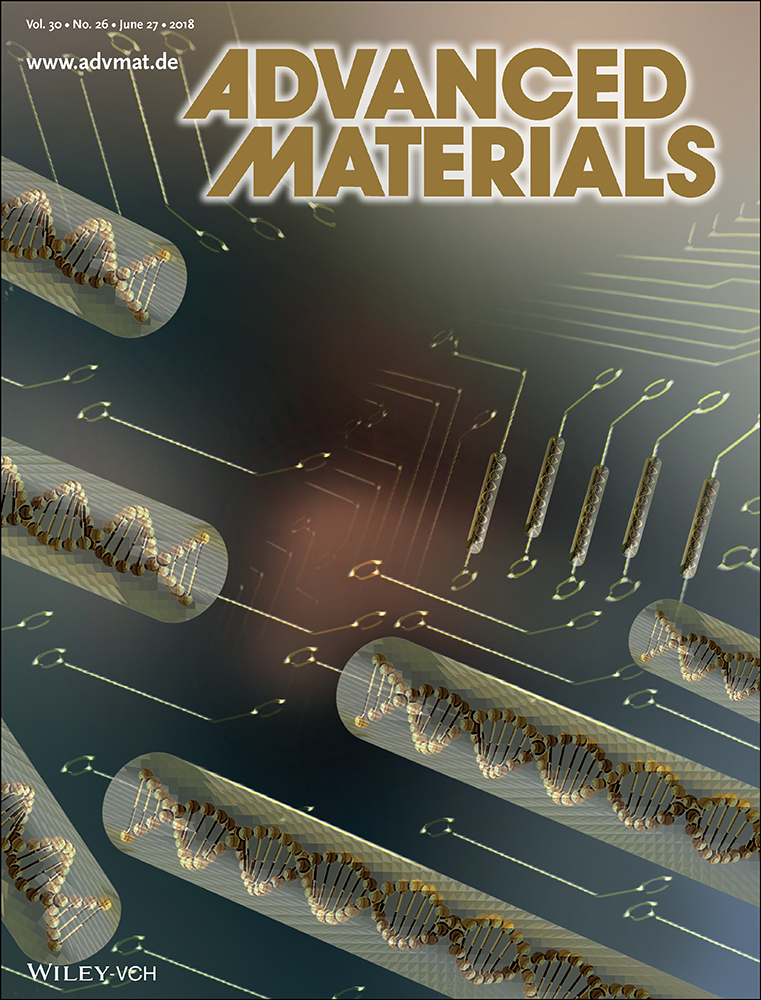--- 周震教授课题组 ---

论文作者:Limin Zhou, Qi Liu, Zihe Zhang, Kai Zhang, Fangyu Xiong, Shuangshuang Tan, Qinyou An,* Yong-Mook Kang, Zhen Zhou,* and Liqiang Mai*
发表期刊:Adv Mater, 2018, 30: 1801984 [ pdf ]

Owing to the low‐cost, safety, dendrite‐free formation, and two‐electron redox properties of magnesium (Mg), rechargeable Mg batteries are considered as promising next‐generation secondary batteries with high specific capacity and energy density. However, the clumsy Mg2+ with high polarity inclines to sluggish Mg insertion/deinsertion, leading to inadequate reversible capacity and rate performance. Herein, 2D VOPO4 nanosheets with expanded interlayer spacing (1.42 nm) are prepared and applied in rechargeable magnesium batteries for the first time. The interlayer expansion provides enough diffusion space for fast kinetics of MgCl+ ion flux with low polarization. Benefiting from the structural configuration, the Mg battery exhibits a remarkable reversible capacity of 310 mAh g−1 at 50 mA g−1, excellent rate capability, and good cycling stability (192 mAh g−1 at 100 mA g−1 even after 500 cycles). In addition, density functional theory (DFT) computations are conducted to understand the electrode behavior with decreased MgCl+ migration energy barrier compared with Mg2+. This approach, based on the regulation of interlayer distance to control cation insertion, represents a promising guideline for electrode material design on the development of advanced secondary multivalent‐ion batteries.
